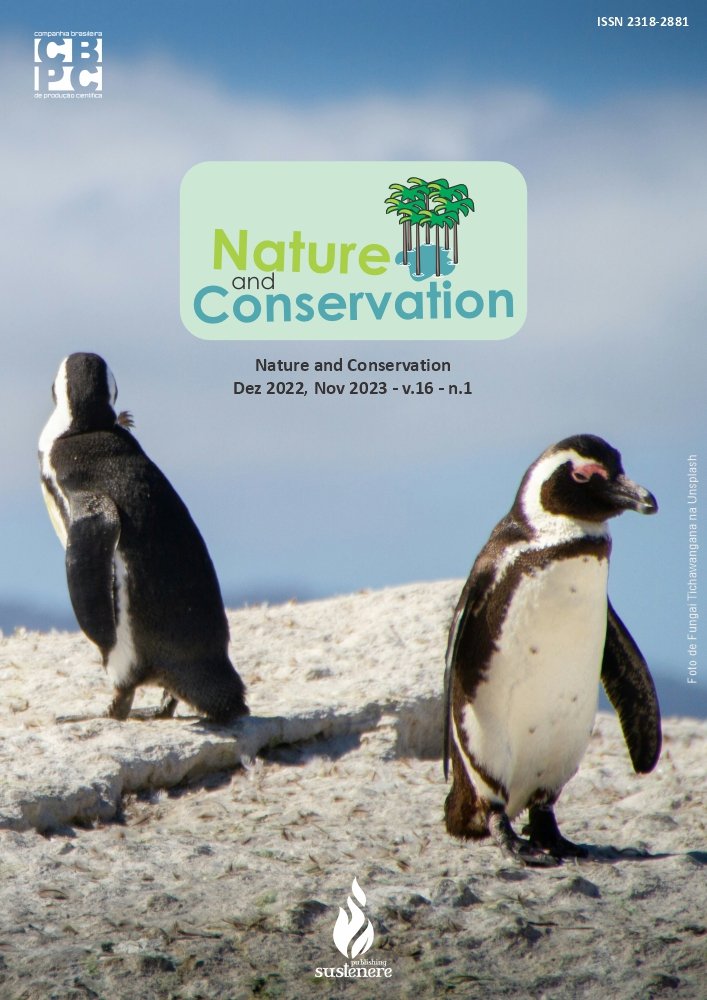Environmental noise assessment using vegetation indices extracted from satellite imaging
DOI:
https://doi.org/10.6008/CBPC2179-6858.2022.007.0006Keywords:
Acoustic monitoring, Acoustic mapping, Environmental noise, Satellite imagensAbstract
Urban noise affects human health and impacts fauna and flora. Mapping noise levels may contribute to the development of noise mitigation strategies. This paper proposes a noise estimation method for the construction of an acoustic map in urban spaces using satellite images. The method was tested using data from the city of São Luís (MA), Brazil. For one year, noise was measured monthly at 25 points, with different characteristics of noise sources related to types of urban landscapes and rural areas. The month was randomly chosen for data acquisition from the noise monitoring period to estimate an acoustic map using remote sensing data from Landsat 8 satellite and vegetation indices, such as the Normalized Difference Vegetation Index (NDVI). A linear regression model and a second-order polynomial regression function were used to estimate the noise from spectral remote sensing data. The NDVI was the best predictor variable (r2 = 0.8554, p < 0.05) considered to be satisfactory, as the mean square error was 3.8 dB. The tested method and proceedings have been shown to be appropriate for monitoring noise in the city and constructing the acoustic map. Therefore, the results demonstrate a good relation between noise and NDVI allowing to use the regression model to construct acoustic maps using free and easily accessible data, and it has the potential to be used as a tool for planning noise control strategies.
Downloads
Published
Issue
Section
License
Copyright (c) 2023 Ibero-American Journal of Environmental Sciences

This work is licensed under a Creative Commons Attribution-NonCommercial-NoDerivatives 4.0 International License.
The CBPC - Companhia Brasileira de Produção Científica (Brazil CNPJ: 11.221.422/0001-03) the material rights of the published works. The rights relate to the publication of the work anywhere in the world, including rights to renewals, expansions and dissemination of the contribution, as well as other subsidiary rights. All electronically published works may subsequently be published in printed collections under the coordination of this company and / or its partners. The authors preserve the copyright, but are not allowed to publish the contribution in another medium, printed or digital, in Portuguese or in translation.









